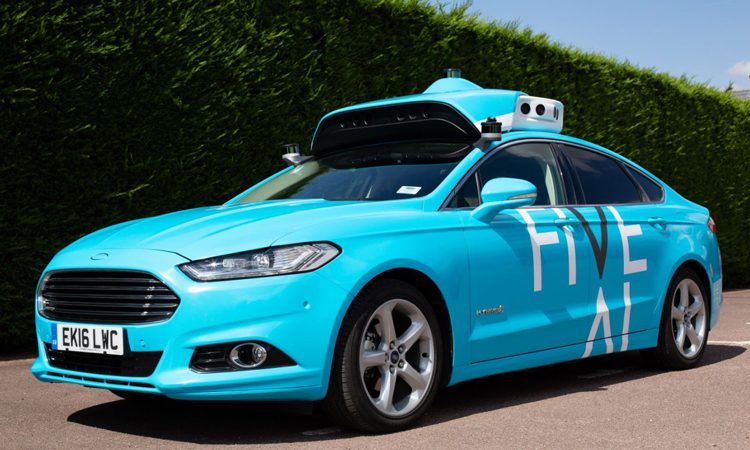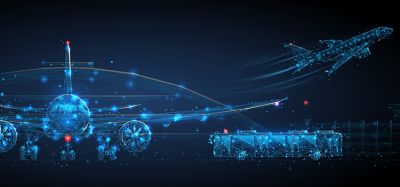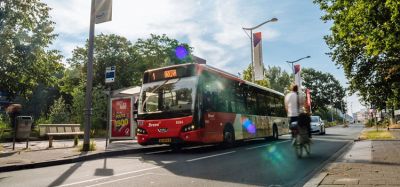Driverless car firm to gather data from London streets
- Like
- Digg
- Del
- Tumblr
- VKontakte
- Buffer
- Love This
- Odnoklassniki
- Meneame
- Blogger
- Amazon
- Yahoo Mail
- Gmail
- AOL
- Newsvine
- HackerNews
- Evernote
- MySpace
- Mail.ru
- Viadeo
- Line
- Comments
- Yummly
- SMS
- Viber
- Telegram
- Subscribe
- Skype
- Facebook Messenger
- Kakao
- LiveJournal
- Yammer
- Edgar
- Fintel
- Mix
- Instapaper
- Copy Link
Posted: 16 August 2018 | Intelligent Transport | No comments yet
Interest in driverless cars has increased over the recent years and now FiveAI is aiming for a trial of automated cars to be operating within London by 2019.


Credit: FiveAI
FiveAI, a UK-based artificial intelligence and autonomous vehicle firm, has been approved to deploy data-gathering cars in London as part of a plan to create a driverless car service.
Ten months will be spent using human-controlled cars to gather data from the roads in Bromley and Croydon, including the behaviour of road users such as drivers, cyclists and pedestrians, to help inform the development of the potential driverless service.
The firm is designing a shared autonomous service aimed at people who currently drive some or all of their daily commute and hopes to have a supervised trial of automated cars on London roads by 2019.
FiveAI co-Founder, Ben Peters, said: “For our service to eventually operate in London, we have to learn about the road layout, topology and traffic flow. As with any vehicle on the road, safety is paramount and that’s why all of our vehicles will be driven by fully trained safety drivers.
“We believe that autonomous vehicles will be many times safer than human drivers and this data-gathering phase is a vitally important step towards making that a reality. By supporting London’s transport objectives with a shared driverless car service, FiveAI can play a crucial role in reducing congestion, emissions, incidents and the cost and time of journeys to benefit all Londoners.”
In 2017, the company was part of a consortium that was awarded a grant of more than £12 million by the Government to develop software for an autonomous car system, a project known as StreetWise.
FiveAI said the data gathered during the scheme will be used solely for its driverless vehicle technology and processed and stored in full compliance with the General Data Protection Regulation (GDPR).
The cars will be clearly branded and identified with an “obvious array” of sensors to ensure full transparency.
Related topics
Artificial Intelligence, Connected & Autonomous Vehicles, Fleet Management & Maintenance
Related cities
London, United Kingdom
Related organisations
FiveAI
Related people
Ben Peters








